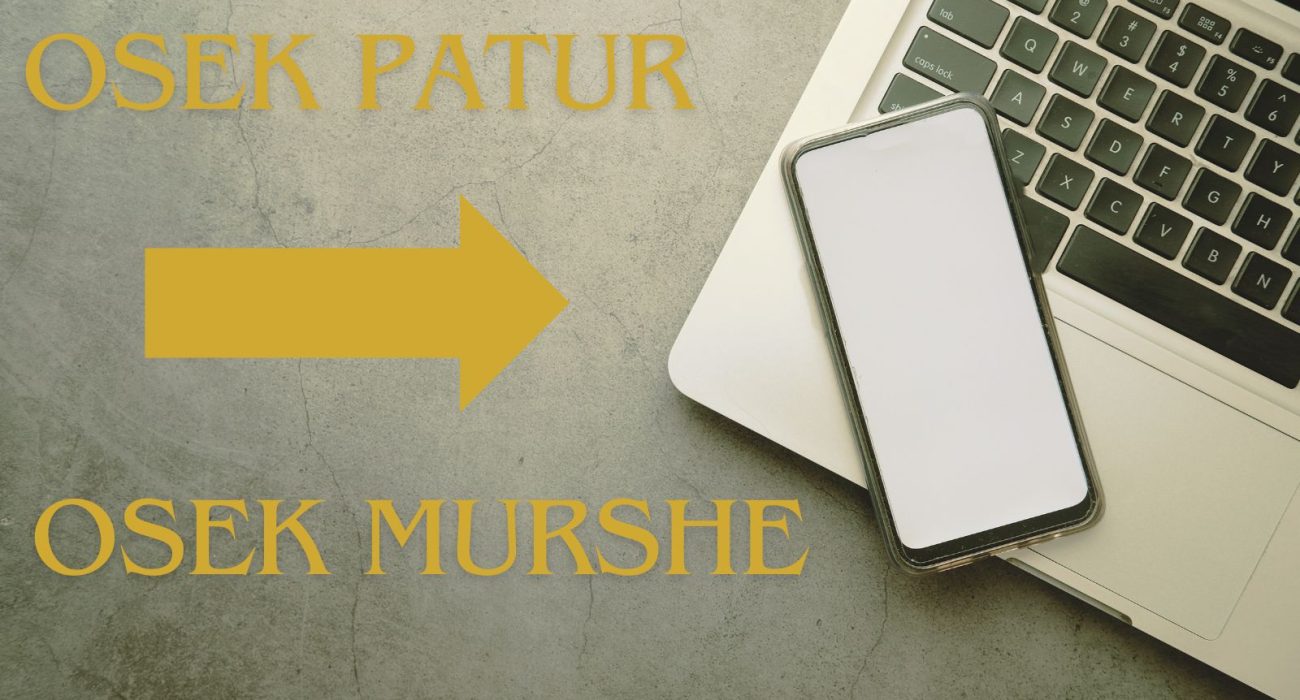Making more money in your business this year and need to transition from Osek Patur to Osek Murshe? Mazel tov!
Here’s what you need to know about making the switch.
What’s the difference between Osek Patur and Osek Murshe?
The maximum annual revenue for an Osek Patur is 120,000 NIS (as of 2024). If you’re making less than that, you are defined as an exempt business – meaning that you are exempt from charging VAT (Ma’am) and transferring it to the government. Once you become an Osek Murshe, you will need to collect VAT from each customer/client and pay it to the VAT office.
Another difference between Osek Patur and Osek Murshe is that an Osek Patur reports revenue to the VAT office once at the end of the year, while an Osek Murshe reports every two months. Reporting and paying income tax and Bituach Leumi are the same for both types of businesses.
Note that certain professions are always defined as Osek Murshe, no matter the revenue. Architects, engineers, private detectives, lawyers, chartered accountants, doctors, management consultants, interpreters, insurance agents, psychologists, dentists and medical clinics cannot be registered as an Osek Patur.
I’m almost at the Osek Patur limit; should I stay under it?
While it’s tempting to stay under the Osek Patur limit to make life simpler, this may not be the best financial choice. It’s true that as you transition you may find that you are briefly in a situation where you aren’t actually taking home more money or maybe even losing a bit, since accounting expenses and the need to charge VAT negatively impact your take-home pay. But you just need to get over that hump and increase your income enough that being an Osek Murshe starts to pay off. At the end of the day, limiting your income artificially doesn’t give you the freedom to expand and succeed.
Another reason to become an Osek Murshe is that your business will now be seen as more established. This will garner you more respect and ultimately generate more sales.
I’ve reached the Osek Patur limit and the year isn’t over – now what?
If you started off as Osek Patur but find that you have reached the 120,000 NIS limit before the end of the year, you will need to update your status at the VAT office and show them proof that your bank account belongs to you (either with a form from the bank or a canceled check).
You will need to start collecting VAT from your customers and transfering that money over to the VAT office on a bi-monthly basis. It’s a good idea to put VAT payments aside when you receive them from clients so that you don’t accidentally spend that money and find yourself scrambling to pay VAT at the end of the two month period. Reported business expenses are deducted from the amount of VAT you owe, so you can save by keeping meticulous records of your expenses and reporting them accurately.
You may find that the transition from Osek Patur to Osek Murshe makes the accounting complex enough that it is worth hiring an accountant or tax advisor to help you with the bi-monthly reporting.
Should I raise my prices?
This is a question which seems to cause a lot of angst to small business owners. You may be afraid that if you raise your prices, your customers will go elsewhere. On the other hand, if you don’t raise your rates, you will be paying the VAT out of pocket, which is unlikely to be sustainable for very long.
If you can swing an across the board price hike without losing customers, let them know that you are now an Osek Murshe and are therefore adding VAT to all prices. If you don’t think this will fly, consider sending a notice that prices will be rising on a certain date, so that clients can enjoy your old rates if they book your services or buy from you sooner. You can get a boost of business from those wanting to save and you’re giving enough notice to everyone so they can adjust to the new prices.
Another method is to raise prices for all new clients while keeping the old prices for existing clients. If you’re selling products, you can do this by setting higher prices and then offering return customers discount coupons. This method works best if the repeat business isn’t too frequent. If you have customers paying you every month for the foreseeable future, at some point you are likely going to want to raise their rates as well.
How else can I make up the difference?
Maybe you can’t raise your prices right now. Or maybe your new prices cover the VAT payment but not your extra accounting costs. If that’s the case, you want to look for other ways to increase your income and your take-home pay.
Selling more is the most obvious way to increase revenue. Marketing, networking and offering your services to new audiences are all effective ways of boosting sales and making more money. You can also consider cutting costs, so that a larger percentage of the sale is actually revenue. Look into decreasing your payments on internet, phone, workspace, production costs, shipping etc.
Review the value of the product or service you are providing. Cut out any elements that don’t add much value to the customer but cost you time or resources. Instead, add elements that aren’t a big effort and don’t cost a lot of money but significantly increase value for your customers.
Consider whether outsourcing is financially beneficial to you. If it increases productivity and sales, it is worth outsourcing some of the work. But if you are paying someone to do work you could just as easily do yourself without detracting from your business, it may be time to rethink that arrangement.
I’m still not sure what to do…
The transition to Osek Murshe can be overwhelming. If you find yourself unsure about what steps to take and how to run your business with this new status, a business consultant can help you get a handle on things and make decisions about how to move forward. Many consultants offer a one or two session package, in which you can get individualized advice that can be implemented easily. Think about investing a small amount to help you smooth the transition and set yourself up for continued success.
We wish you plentiful and joyful parnassah!

